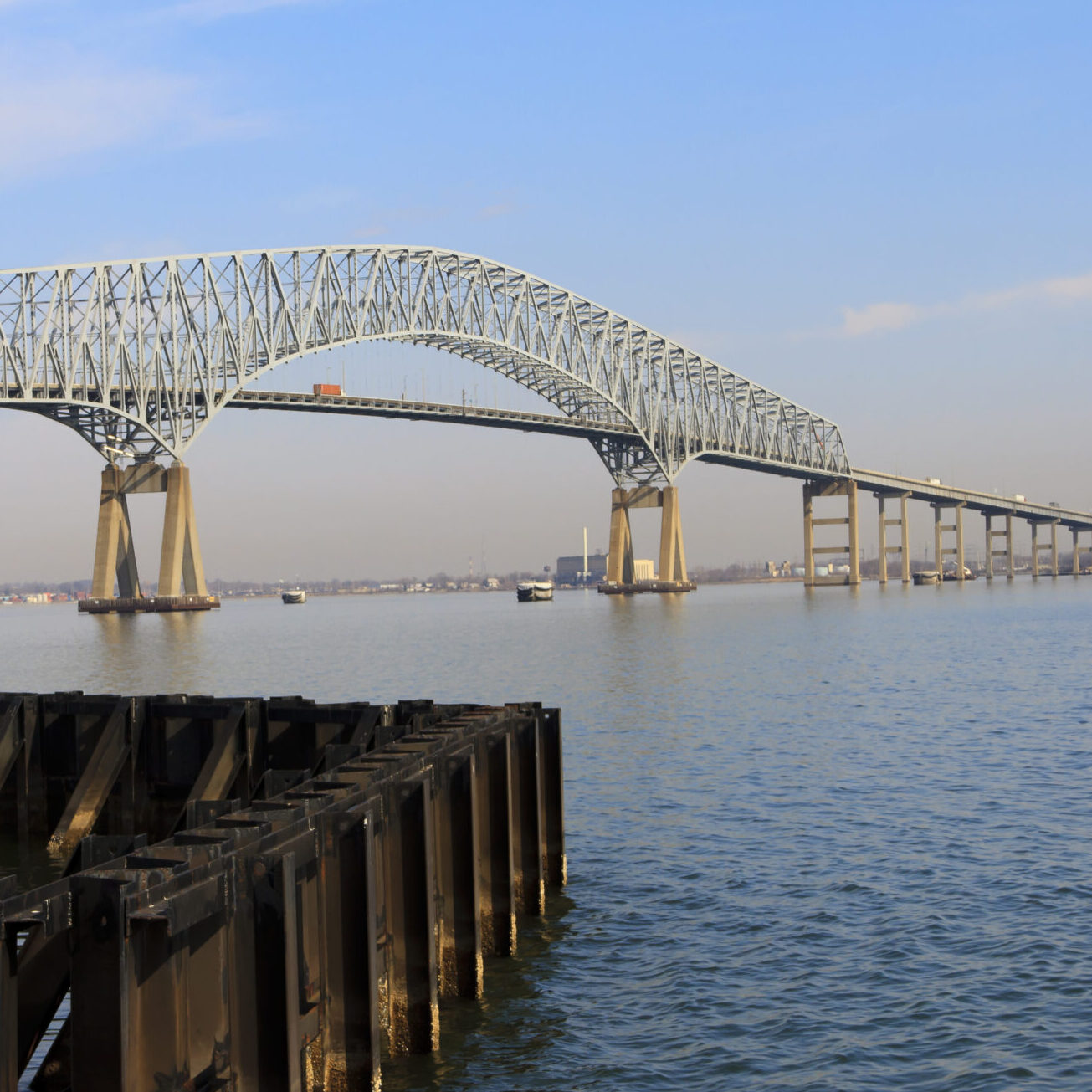
Litigating Tile Roof Claims
October 18, 2022
Hurricane Irma’s landfall in Florida produced an avalanche of property insurance claims throughout the state, the majority of which involved reported damage to roofs. Though many of these claims were legitimate, enterprising public adjusters, contractors, and other policyholder advocates presented claims for wind-damaged roofs when, in fact, no such damage existed. Predictably, these claims resulted in lawsuits that are still being litigated five years later. The recent passage of Hurricane Ian threatens a similar outcome.
Much of the roof claim litigation since Hurricane Irma has involved tile roofs. Prevalent on homes and commercial buildings throughout Florida, these roofs present unique challenges in litigation due to their susceptibly to cracking and because of questions regarding the source of that cracking, the reparability of damaged tiles, and the actual cost to replace a tile roof.

With the assistance of a licensed engineer and general contractor, we will address these issues and “myth bust” some common misconceptions and theories proffered by policyholder advocates. One such argument is that if the nose of a tile can be hand-lifted over two inches, the entire roof is not code compliant and must be replaced. The Tile Roofing Industry Alliance recently issued a technical brief refuting this argument. See TRI Alliance Technical Brief No. 2021-01. Therein, the TRI Alliance explained that the two-inch threshold is an installation standard prescribed by code. Prying a tile two or more inches on an existing roof, however, is not evidence of wind damage nor does it determine whether the tile or roof is code-compliant.
Another argument is that discontinued tiles are not suitable for spot repairs on existing roofs. The Florida Building Code and Florida Statues indicated otherwise. Section 1511.5 of the 2020 Florida Building Code states:
Existing or salvaged slate, clay or concrete tile shall be permitted for reinstallation or reuse, to repair an existing slate or tile roof, except that salvaged slate or tile shall be of like kind in both material and profile. Damaged, cracked or broken slate or tile shall not be reinstalled.
Furthermore, Florida Statute § 553.8425(7), which deals with local product approval, provides:
Approval shall be valid until such time as the product changes and decreases in performance; the standards of the code change, requiring increased performance; or the approval is otherwise suspended or revoked. Changes to the code do not void the approval of products previously installed in existing buildings if such products met building code requirements at the time the product was installed.
Accordingly, discontinued tiles do not need a current NOA or other current product approval if the proposed spot repair is otherwise code compliant.
Next, we will discuss how policy language may limit what is ultimately recoverable on a tile roof claim. Notably, we will discuss the differences between replacement cost coverage and actual cash value, and how coverage for the latter is limited to what is “actually damaged” by a covered loss. As code coverage is particularly relevant for tile roof claims, we will also address the impact of new Florida Statute § 553.844(5), which reads as follows:
(5) Notwithstanding any provision in the Florida Building Code to the contrary, if an existing roofing system or roof section was built, repaired, or replaced in compliance with the requirements of the 2007 Florida Building Code, or any subsequent editions of the Florida Building Code, and 25 percent or more of such roofing system or roof section is being repaired, replaced, or recovered, only the repaired, replaced, or recovered portion is required to be constructed in accordance with the Florida Building Code in effect, as applicable. The Florida Building Commission shall adopt this exception by rule and incorporate it in the Florida Building Code. Notwithstanding s. 553.73(4), a local government may not adopt by ordinance an administrative or technical amendment to this exception.
This provision arguably eliminates the often-cited “25 percent rule” for roofs built in compliance with the 2007 Florida Building Code.
Finally, we will cover strategies carriers should employ to best position themselves to defend frivolous claims involving tile roofs.
For further information, please contact Sarah Burke or Grayson Kelly.



